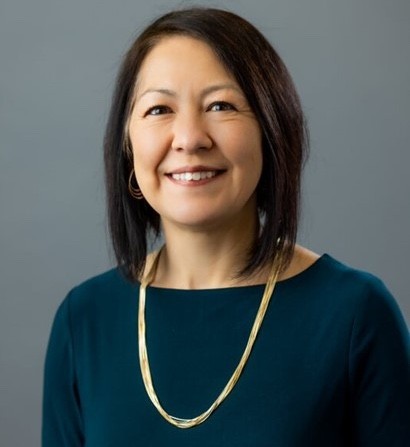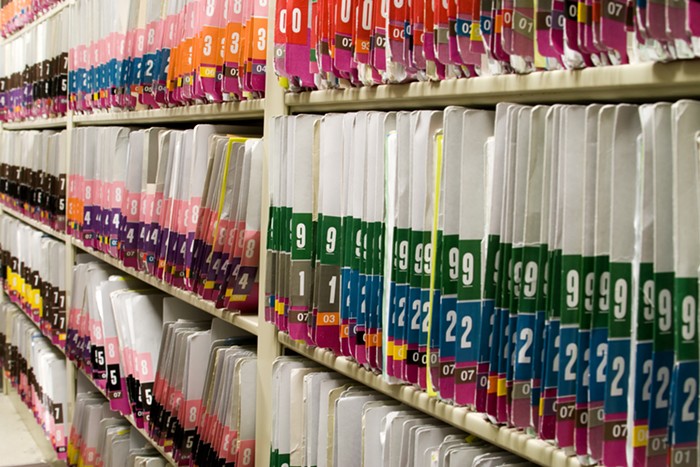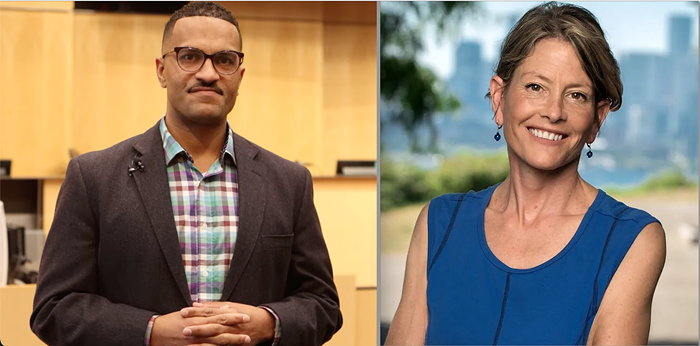The demolition is part of the city's effort to turn Rainier Vista's 481 modest low-income homes into a mixed-income neighborhood for middle-class as well as poor people. The make-over is intended to accommodate the coming of light rail, which is going to run right through Rainier Vista's 64 acres. The Seattle Housing Authority (SHA) has applied for $35 million in federal funds to do the work.
"Light rail is going to change the neighborhood substantially," says Virginia Felton of SHA. "We see this as an opportunity to manage that change in a positive way."
Residents of Rainier Vista, however, are nervous about being displaced by the new development. Moreover, some residents are suspicious of the profit incentives for developers who are investing in the plan. The recent history of redevelopment in Seattle lends some legitimacy to their fears.
SHA's mixed-income proposal at Rainier Vista comes just two years after a similar, controversial plan at Holly Park--a larger housing project to the south. Critics of the Holly Park plan argue that the redevelopment work there --which uses $180 million in public money (including $15 million from the city)--is diminishing the number of low-income homes.
The 223 people displaced by the Holly Park demolition are now scattered from the Kent Valley to Snohomish County, or living in other Holly Park units scheduled to be torn down. Ironically, some have even moved into the low-income homes at Rainier Vista.
The Holly Park redevelopment, dubbed NewHolly, has also raised questions about financial conflicts of interest. Activists have filed a complaint with the HUD Inspector General, charging that the developers and architects who pushed for NewHolly are now cashing in on the construction work there. SHA responds that while several members of a "panel of experts" did end up getting bids at NewHolly, the agency saved $16 million in developer fees by going with local developers instead of the out-of-state company that had bidded for the entire project.
At Rainier Vista, SHA is expecting $150 million in private investments.
Despite neighborhood concerns at Rainier Vista, SHA is excited about the mixed-use plan. SHA says the goal is not to destroy Rainier Vista, but to improve the community by turning it into a denser, light-rail-friendly community.
They want to replace the 481 units there with 850 homes that break down like so: 250 units of public housing similar to what is there now, 100 units for elderly people, 200 homes for sale to low-income people, and 300 market-rate houses open to anyone. Depending on who you're talking to, the end result is either a loss of 231 units of public housing, or a gain of 67 homes that poor people can afford.
"We have a commitment to no loss of housing to the people who live in Rainier Vista," says SHA's Felton.
In fact, a lot of Rainier Vista residents, nearly two thirds of whom are immigrants from Southeast Asia and East Africa, support redevelopment. They like the plan because it offers the possibility of home ownership. Thanks to a new federal program that enables people to use government money for mortgages rather than rent, 200 new homes at Rainier Vista would be sold to low-income people. The average household income in Rainier Vista is under $10,000 a year.
Still, community opposition to the plan persists. Residents like Susan Bossert, a grandmother who has been at Rainier Vista for four years, want to keep their homes as they stand. "It's a wonderful place to live," she says "It's a good neighborhood that's worth preserving. I think it would be tragic to destroy it."
Bossert and other neighbors have been gathering signatures to stop the redevelopment altogether, in favor of the less costly remodeling project they were originally expecting.
"Who's going to benefit from all of this?" asks Bossert. "For me and a lot of people like me here, public housing is our last option. There will always be poor people who need it."


















